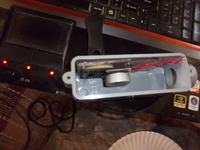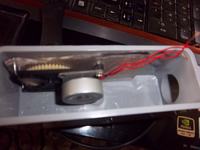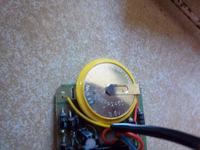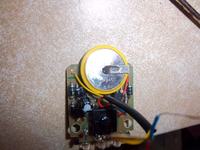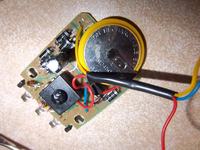A-E-I-Owned-You
Newbie level 4

Crank dynamo to charge AA battery?
I would like to be able to charge one AA Nimh battery with a hand crank dynamo. I am having trouble finding anything useful, so I came to this forum for help! Hopefully you guys can lead me in the right direction. Thanks in advance!
2-3 amps is my general goal by the way.
I would like to be able to charge one AA Nimh battery with a hand crank dynamo. I am having trouble finding anything useful, so I came to this forum for help! Hopefully you guys can lead me in the right direction. Thanks in advance!
2-3 amps is my general goal by the way.
Last edited:



